Learn the Difference Between Sun Salutation A + Sun Salutation B (Yoga Photo Tutorial)

What is the difference between a Sun Salutation A and a Sun Salutation B?
This is a very common question that yoga students ask, and this article will show you the difference in a step-by-step photo tutorial so you can practice each form of Sun Salutation to experience the similarities and differences for yourself!
In Sanskrit, Sun Salutations are called Surya Namaskar. “Surya” is derived from the root “Su” which symbolizes the sun and means to release energy. “Namaskar” is a respectful greeting translated as “I bow to you” (similar to Namaste, which means “I honor you”).
Surya Namaskar has been traditionally practiced in the early morning as the sun rises to usher in the new day. The poses, or asanas, within the flowing sequence set the foundation for a balanced and well-rounded yoga practice.
Sun Salutations are often used as a warm-up since they increase the heart rate and build heat in the body.
Sun salutations are the physical practice of honoring the sun’s life-giving energy.
Another yoga tradition centered on Surya Namaskar is practicing 108 Sun Salutations for the change of the seasons (ie the Winter Solstice, the Summer Solstice, and the Spring and Fall Equinox).
Sun Salutations are the basis of a Vinyasa Yoga practice. Vinyasa can be defined as linking breath with motion in a continuous flow.
In this series of yoga poses that you flow through, you link one breath per movement. For example, inhale to take your arms overhead (Upward Salute) and exhale to forward fold (Uttanasana).
The Surya Namaskar flows build heat, stretch, tone and strengthen full body, purify organs, and align the spine. Practiced regularly, they will bring strength and healing energy to the entire body.
Learn How to Practice Sun Salutation A and Sun Salutation B (Plus the Difference Between Each):
Let’s take a quick look at each type of Sun Salutation. Each pose within the sequence is included with its English and Sanskrit name next to its photo.
When you’re ready to practice these flows, remember to link your breath with your motion in a one-breath-per-movement rhythm.
It’s important to note that there is also a Surya Namaskar C, but for simplicity’s sake, we are going to focus on Sun A and Sun B in this article. And while Sun Salutations can vary between traditions, the below sequences are the more commonly practiced sequence of poses.
Here’s How to Practice Surya Namaskar A:
Commonly referred to as Sun A, follow along as we break down each individual pose in the more basic of the two Sun Salutations.
1. Tadasana (Mountain Pose)

2. Urdhva Hastasana (Arms Overhead)
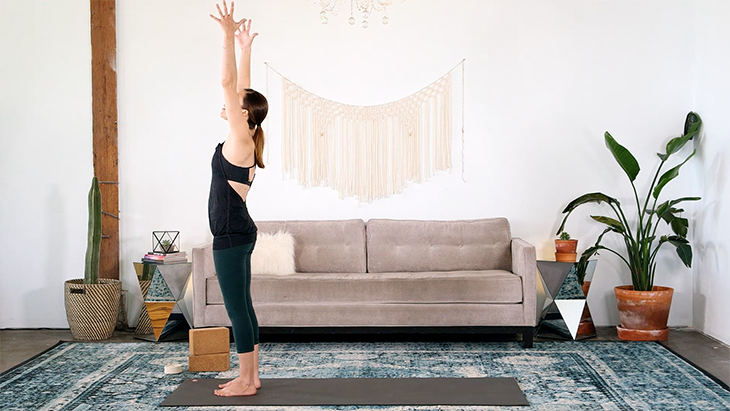
3. Uttanasana (Forward Fold)
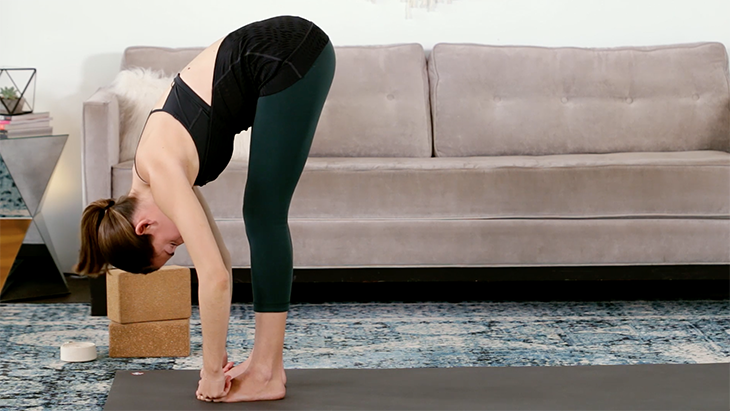
4. Ardha Uttanasana (Half Lift)
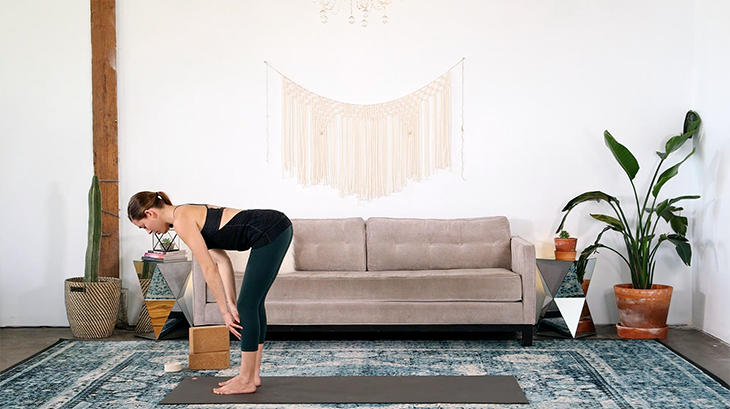
5. Uttanasana (Forward Fold)

6. Kumbhakasana or Phalakasana (High Plank Pose)

7. Chaturanga Dandasana (Low Plank Pose)

8. Urdhva Mukha Svanasana (Upward Facing Dog) OR Bhujangasana (Cobra Pose)
Upward Facing Dog is a deeper backbend, while Cobra Pose is a gentler backbend, so either pose is an option in this flow
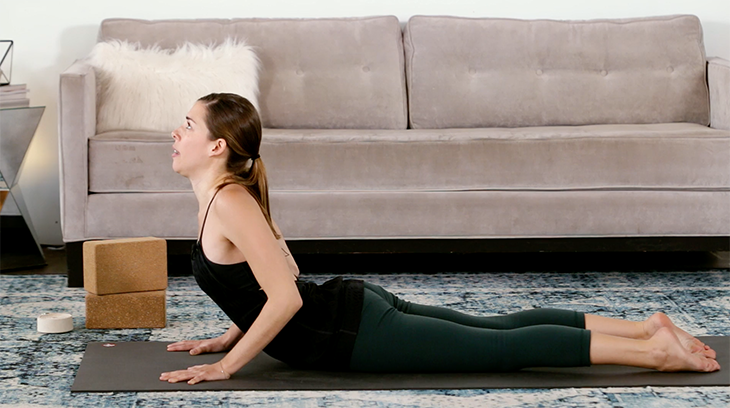

9. Adho Mukka Svanasana (Downward Facing Dog)
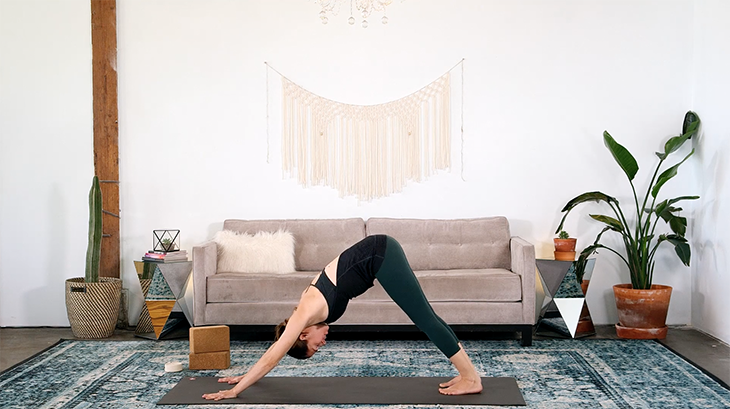
10. Ardha Uttanasana (Half Lift)

11. Uttanasana (Forward Fold)

12. Urdhva Hastasana (Arms Overhead)

13. Tadasana (Mountain Pose)

This completes one full round of Surya Namaskar A, or Sun Salutation A. Now we are ready to move on to Surya Namaskar B!
Here’s How to Practice Surya Namaskar B (Sun Salutation B):
Commonly referred to as Sun B, follow along as we break down each individual pose in the more complex of the two Sun Salutations.
1. Tadasana (Mountain Pose)

2. Utkatasana (Chair Pose)

3. Uttanasana (Forward Fold)

4. Ardha Uttanasana (Half Lift)

5. Kumbhakasana or Phalakasana (High Plank Pose)

6. Chaturanga Dandasana (Low Plank Pose)
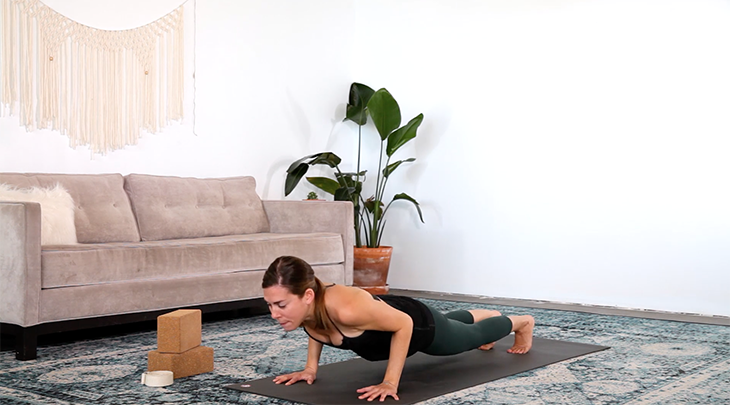
7. Urdhva Mukha Svanasana (Upward Facing Dog) OR Bhujangasana (Cobra Pose)
Upward Facing Dog is a deeper backbend, while Cobra Pose is a gentler backbend, so either pose is an option in this flow


7. Adho Mukha Svanasana (Downward Facing Dog)

8. Virabhadrasana 1 (Warrior 1 Pose)
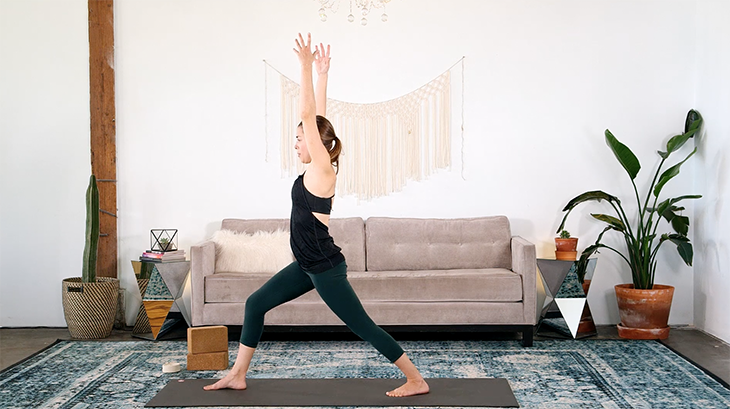
9. Kumbhakasana or Phalakasana (High Plank Pose)

10. Chaturanga Dandasana (Low Plank Pose)

11. Adho Mukha Svanasana (Downward Facing Dog)

12. Virabhadrasana 1 (Warrior 1 Pose) – side two

13. Kumbhakasana or Phalakasana (High Plank Pose)

14. Chaturanga Dandasana (Low Plank Pose)

15. Adho Mukha Svanasana (Downward Facing Dog)

16. Ardha Uttanasana (Half Lift)

17. Uttanasana (Forward Fold)

18. Utkatasana (Chair Pose)

19. Tadasana (Mountain Pose)

There You Have It: Sun Salutation A and Sun Salutation B Demystified
Sun Salutations are incredibly grounding, healing, and strengthening. Whether you practice Sun A, Sun B, or both, you will quickly feel the wide range of benefits for yourself.
They are a key foundational aspect of our yoga practice, and there are so many great reasons to incorporate Surya Namaskar during your time on the mat. In fact, there are meaning compelling reasons why you should not skip your Sun Salutations.
Don’t Forget About Sun Salutation C! Here’s a Refresher of How to Practice (Photo Tutorial)
A final word of advice for your Sun Salutation practice: always remember to modify, take breaks, and make any adjustments you need to for your body and what it needs that day. Don’t be afraid to use yoga props!
Don’t hesitate to take a break in Childs Pose. Always stay connected to your deep, conscious breathing, and if something doesn’t feel right in your body, make the necessary modifications to keep your practice safe and satisfying.
Take Your Knowledge to the Next Level With Our 6-Class Introduction to Vinyasa Yoga Program:
Now that you’ve learned the basics of these Sun Salutations, put it all together in the full online yoga program – Intro to Vinyasa.
This 6-class series on YA Classes by YouAligned will teach you the foundation of a Vinyasa Yoga practice including – you guessed it – Sun Salutations!


This Month's Letter
From the Editor
Monthly motivation and food for
thought from our founder.

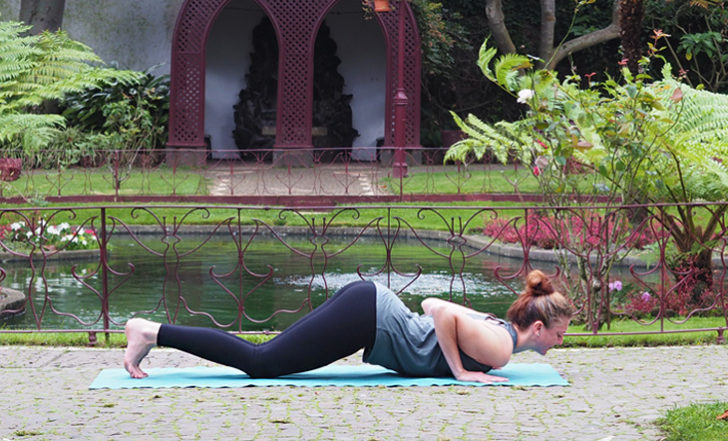

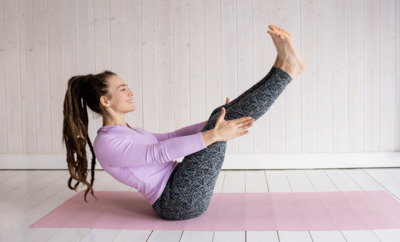
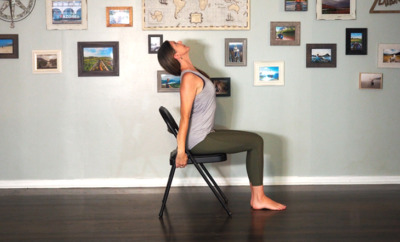
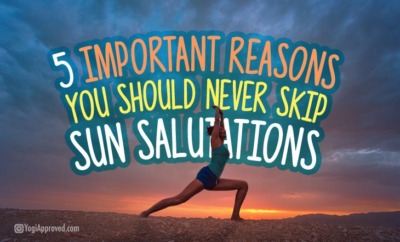
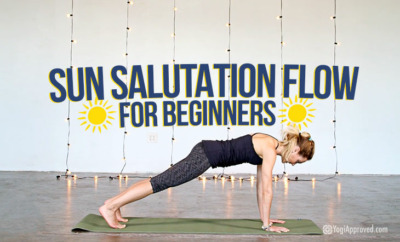
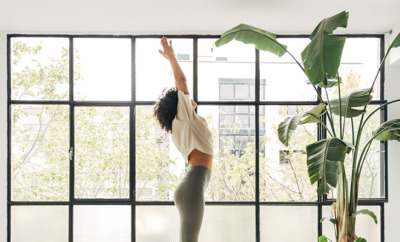





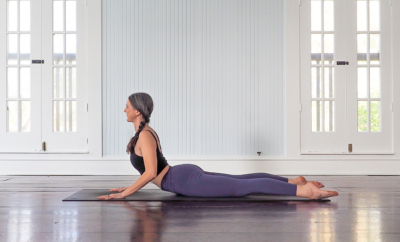
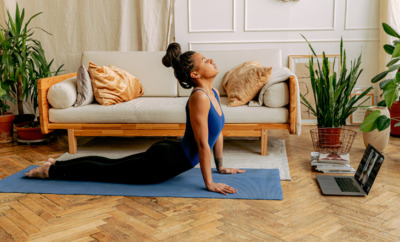
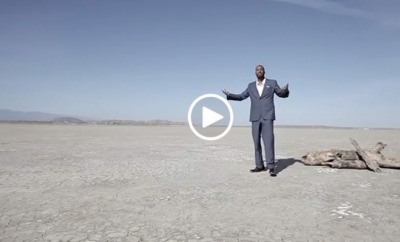








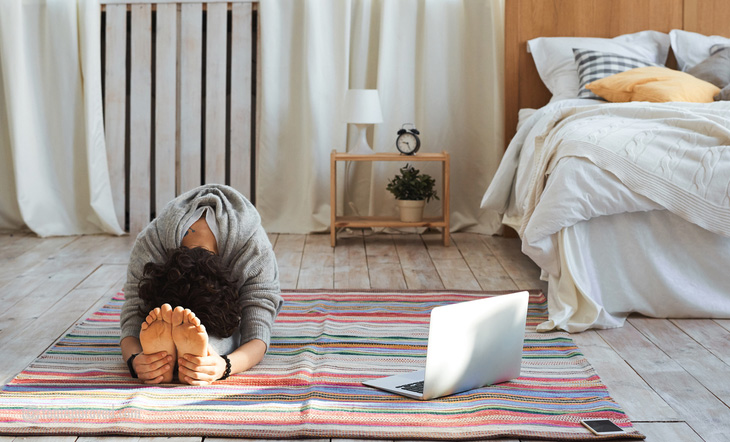
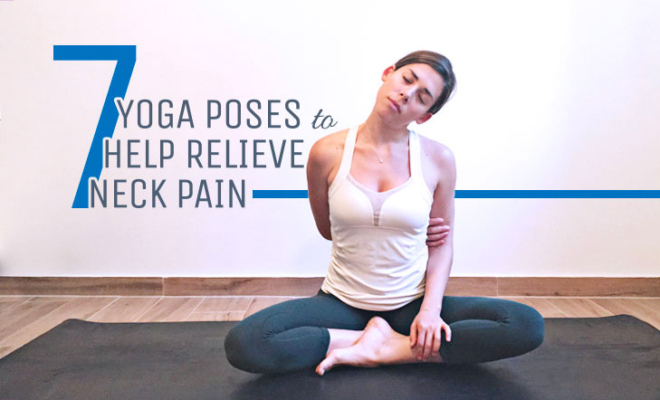




Comments